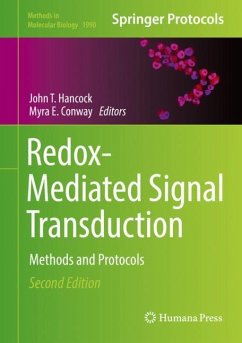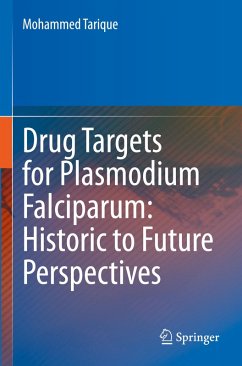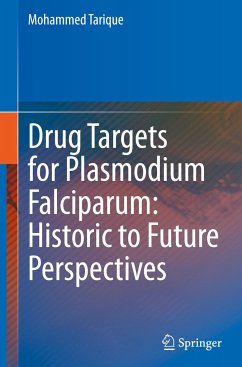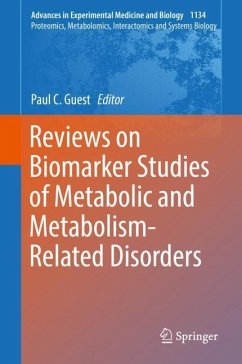
Reactive Oxygen Species in Metabolic Inflammation
Versandkostenfrei!
Erscheint vorauss. 27. März 2026
192,99 €
inkl. MwSt.

PAYBACK Punkte
96 °P sammeln!
Reactive oxygen species (ROS)-mediated inflammation plays a critical role in the onset and progression of various metabolic disorders, including obesity, diabetes, and non-alcoholic fatty liver disease (NAFLD). Dysregulated ROS production leads to oxidative stress, which triggers chronic low-grade inflammation, disrupting cellular homeostasis and metabolic functions. This pathological interplay exacerbates insulin resistance, lipid accumulation, and mitochondrial dysfunction, creating a vicious cycle of metabolic dysregulation. Understanding the molecular mechanisms behind ROS-mediated inflamm...
Reactive oxygen species (ROS)-mediated inflammation plays a critical role in the onset and progression of various metabolic disorders, including obesity, diabetes, and non-alcoholic fatty liver disease (NAFLD). Dysregulated ROS production leads to oxidative stress, which triggers chronic low-grade inflammation, disrupting cellular homeostasis and metabolic functions. This pathological interplay exacerbates insulin resistance, lipid accumulation, and mitochondrial dysfunction, creating a vicious cycle of metabolic dysregulation. Understanding the molecular mechanisms behind ROS-mediated inflammation is crucial for developing targeted therapeutic interventions to break this cycle and mitigate disease progression. This comprehensive book bridges the gap between fundamental molecular insights and translational therapeutic strategies. It begins by delving into the signaling pathways involved, such as NF-κB and Nrf2, and highlighting the role of key players like mitochondria and antioxidant systems. Later chapters explore emerging therapeutic approaches, including postbiotics, natural antioxidants, and pharmacological agents, offering practical solutions for managing metabolic disorders. By addressing this critical intersection of inflammation, oxidative stress, and metabolism, this book is a valuable guide for researchers, clinicians, and healthcare professionals who aim to tackle the global burden of metabolic diseases effectively.












